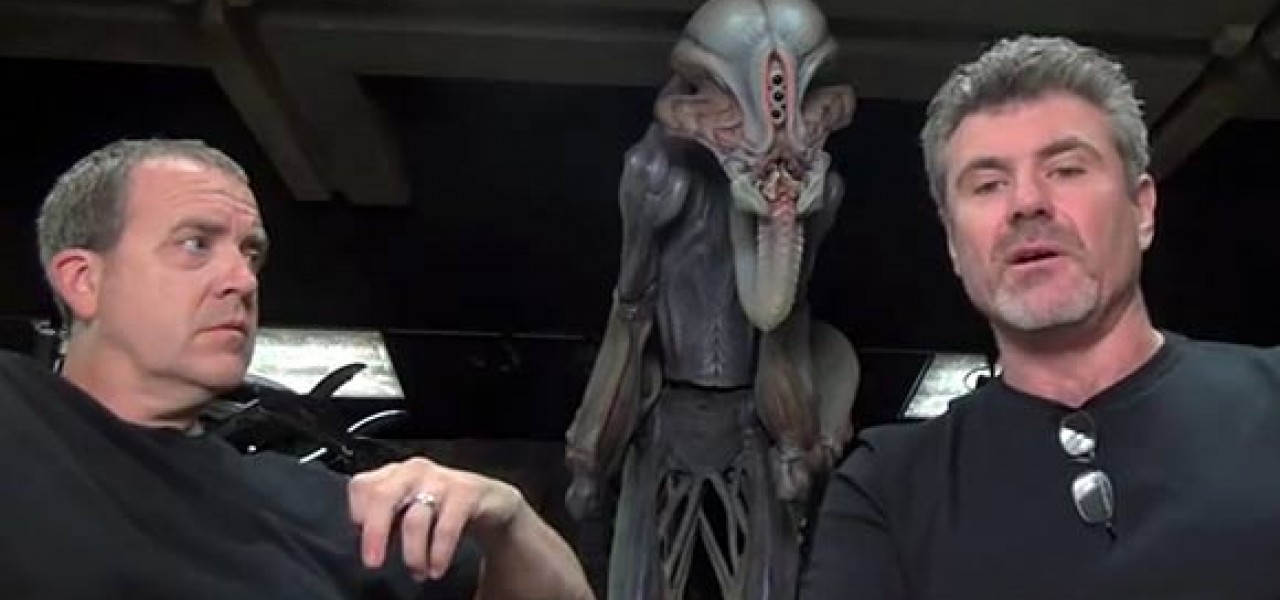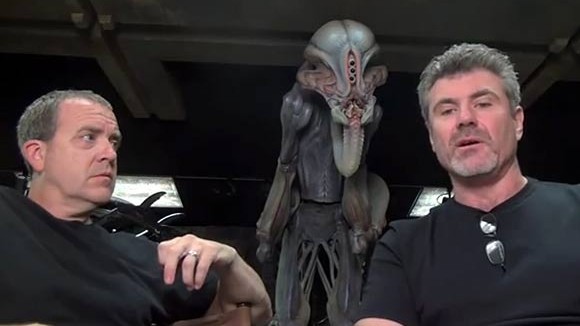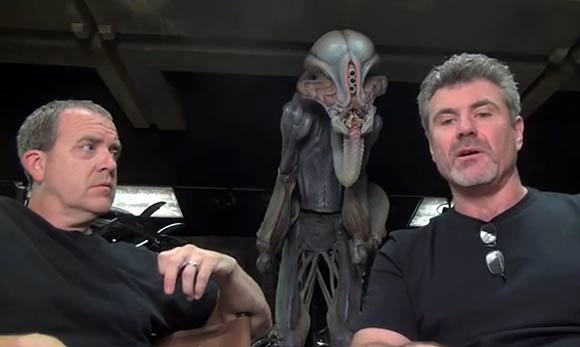

Why Do Practical Effects Get Replaced with CGI?

Yesterday, we celebrated the momentous decision to replace the practical effect-dinosaurs in Jurassic Park with CGI animation. Today, we look at the other side of the issue: the effect that CGI has had on traditional puppet-makers, animatronic artists, and stop motion animators whose work has increasingly been relegated to the sidelines.
In the following half-hour video, Hollywood veterans Alec Gillis and Tom Woodruff, founders of character effects studio Studio ADI (Amalgamated Dynamics, Inc.), discuss why their work is seen less and less frequently in contemporary Hollywood movies. They’ve experienced the shift from practical effects to CGI first-hand as recently as 2011 when their character effects work on The Thing was replaced mid-production with computer animation. Even with the shifting currents in Hollywood, practical effects are often necessary, and Studio ADI continues to work on major films such as the Spider-Man and Alien series as well as X-Men Origins: Wolverine and Percy Jackson: Sea of Monsters.
Both Gillis and Woodruff have been around Hollywood long enough to earn a keen understanding of the psychology of movie studio executives, and the two artists spend a good deal of time explaining why execs consistently choose computer-generated imagery over practical effects. Their discussion sheds valuable insights into the related issue of why animation studios only make CGI films and will no longer commit to hand-drawn features.
The whole video is worth watching, but if you’re short on time, here’s the TL;DR version of their video:

